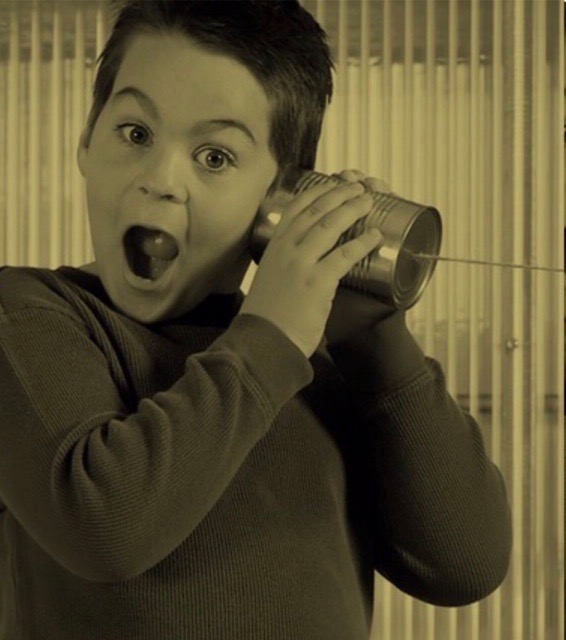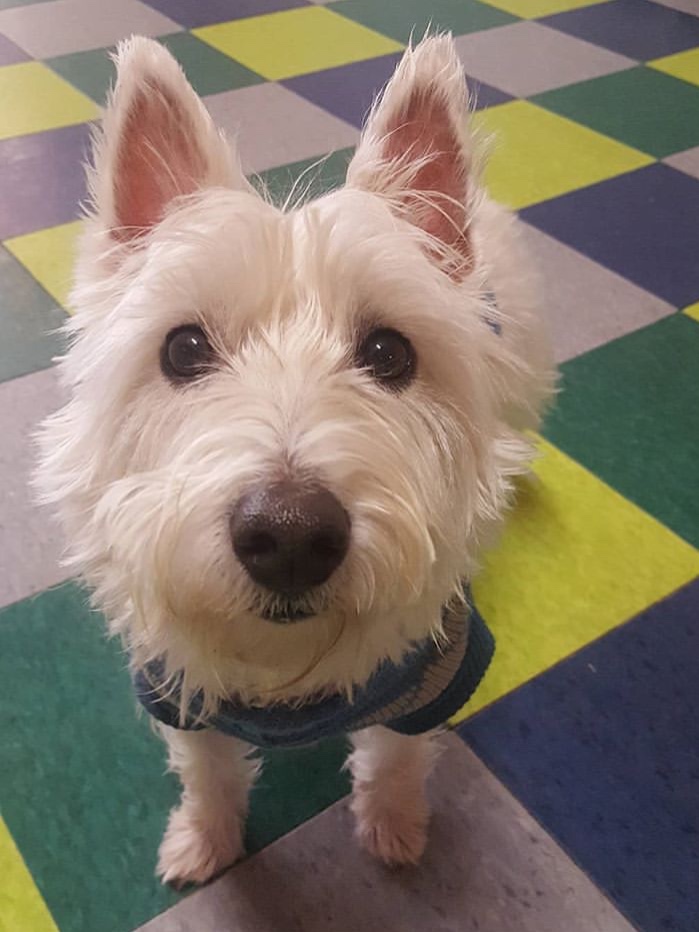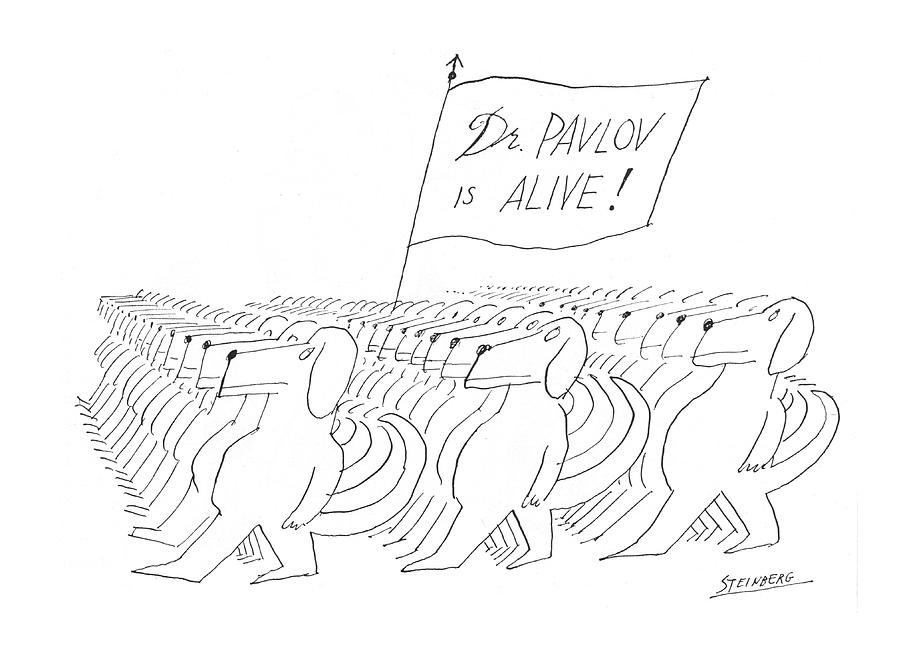We bring our priorities into our work–making it more purposeful and satisfying–by using our capabilities more deliberately and by demonstrating our values when we do our jobs.
Our basic “capabilities” include our personal autonomy (or the drive to realize our gifts) and our generosity (or encouraging the autonomy of others who are touched by our work, from co-workers to bosses, customers, suppliers and the broader community that supports our efforts).
Our “values” are moral intuitions (or feelings) that frame our experiences and help us decide how we should respond to them. Examples include freedom, fairness, equality, personal security, an ordered life or the sanctity of living things. For each one of us, some values more than others provide quick, intuitive signals that guide us as we try to figure out how to interact with the world around us.
Work is more satisfying when it engages our capabilities and serves our values, because they are among our most basic priorities.
When talking about these ideas, people often ask me: “On a practical level, how do I align my priorities with the work that I do everyday?” It’s often followed by a second question: “What if my employer’s priorities are different from mine—won’t this put us at odds with one another?” My quick answers are as follows.
Alignment of personal priorities with job priorities usually comes down to your mindset: how you see yourself in that job. Is it doing the bare minimum, “staying within your lines” and keeping your eye on the clock so you can leave for home after you’ve put in your time OR do you pour yourself into that job, finding opportunities for your priorities either within or right along side the priorities of whomever you’re working for? In other words, how hard are you trying to find more satisfaction in every job that you do?
Sometimes these alignments are nearly impossible, as in my recent post about gig-economy workers at Uber and Amazon. At each of these companies, the capabilities of their ride-hailing and delivery drivers are being exploited instead of respected. Uber’s and similar companies’ business models depend on offloading as much risk and cost onto their workers as possible. These workers’ recourse? They have to look to governments (like California’s) to safeguard their basic priorities on the job, leave those jobs altogether, or tamp down these basic drives because their economic necessities override the personal costs.
On the other hand, in many jobs it is both possible and desirable to align your priorities with those of your employers and others who benefit from your work. It is what organizational psychologists have called “job-crafting.” When you bring a suitable mindset to your job—when you ask, “how much instead of how little can I make out of it?”—many jobs become opportunities to build more satisfaction, and even fulfillment, into your hours spent working.
After elaborating on job-crafting and my own take on it, I’ll share some fateful testimony from two practitioners of “this highly practical art” from an interview I overheard while on the road earlier this week.
The Opportunity to Job-Craft More Rewards Into Your Work
Amy Wrzesniewski, a psychologist at Yale’s School of Management was talking about job crafting on a terrific podcast called Hidden Brain this week. I hadn’t heard this episode, but a regular reader wrote me about it (thanks Joe!) and listening reminded me of how long so-called industrial psychologists (who study our behaviors and expectations around work) have been tinkering with the boundaries of our jobs and the perceptions we bring into them.
Take (as Wrzesniewski did) a janitorial job cleaning a hospital. Let’s also assume two different men filling that job: I’ll call them J and B. Both were hired to show up at regular times and keep the floors and available surfaces in their parts of the hospital clean. With the tools and working hours available, they can clean everything they’re responsible for in their 5-day workweeks. The following Monday, J and B each start the same circuit over again.
Let’s assume that J always does what’s expected of him without complaint, but rarely does more than is required. Viewing his job as a paycheck, he’s hardly fulfilled by it. Instead of satisfaction at the end of a workday, he’s more likely to feel a tinge of resentment, that it’s beneath him to clean up after other people, but he needs the income so he puts up with the indignity and has done so for twenty years. J rarely interacts with the hospital staff or patients, although he understands that keeping the place clean contributes to the overall mission of the hospital, which is to help people to stay alive and hopefully get well.
B couldn’t see his job more differently. Feeling that he’s part of a team improving patient outcomes, B regularly makes a point to give a cheerful word to patients he’s noticed have few visitors, will go the extra mile to clean parts of his area that no one else seems to be getting to, and gives staff members he’s known for much of his working life words of encouragement when he senses that they’re feeling down. Unlike J, B connects his job to something bigger than himself—promoting the health of everyone who is around him everyday—and goes home with both satisfaction and pride that he’s contributed to the hospital’s mission along with a paycheck from it.
B accomplished this by “job-crafting” the way he sees his work and the importance of it in the broader scheme of things. From my perspective on work, he has also engaged both his capabilities and his values when it comes to service and community in order to gain additional rewards from it. As podcast host Shankar Vedantum put it, there are people who quit their jobs when they win the lottery and others who still want to work. B might keep working because the rewards he brings home aren’t just monetary ones.
After 25 years of studies in the psychology journals—from scholars like Arnold Bakker, Maria Tims and Justin Berg as well as Wrzesniewski—there seem to be three different approaches that workers take when “crafting their jobs.” Sometimes they rearrange how they characterize their job responsibilities, emphasizing certain aspects over others. Is a chef simply cooking a meal that her customers will keep paying for or is it far more important to her that she’s creating plates that are pleasing to the eye and producing delightful experiences for friends who keep coming back? One is a successful economic exchange while the others are more than just that.
A second approach focuses not on the end product but the interactions that help to produce it along the way. Instead of B deriving meaning from making the floors shine, he finds it in those interactions with patients, visitors and staff along the way.
The last approach is how you see yourself on the job. J would say, “I am a janitor” or define himself apart from this job altogether if asked “what do you do?” B on the other hand might say proudly, “I am an ambassador for the university health system, creating an environment that promotes the healing process,” and really mean it.
In a post from last February, I made an argument that uses terminology from economics and ethics instead of psychology to try and prove a similar point. When you take responsibility for your job satisfaction and don’t expect somebody else to provide it, you act like a stakeholder instead of an employee. Because job satisfaction is important to you, you collaborate to solve work-related problems that involve everyone (co-workers, suppliers etc.) and everything (like the communities and environments) that your work impacts. The compensations that follow are always more than the paycheck attached to your job description, because you’re consistently investing your effort into yielding a more satisfying job experience by addressing what’s important to you and to others.
I’m Bringing You More Than Tomorrow’s Weather
In a week that was dominated by students demanding that older generations take bolder steps to ensure that they have a livable planet in their future, it’s worth noting that most people still fail to recognize that rapid global warming is one of the most important problems confronting them. Until a proper majority engages with this problem politically, policy makers will simply avoid taking the necessary actions. Perhaps no American workers see the need to engage more of the public—while also having the ability to engage people effectively–than the men and women who bring tomorrow’s weather to millions of people who have little scientific background or knowledge in their communities.
When I overheard on the radio a conversation with two meteorologists a couple of days ago, it was clear that these weather reporters (along with increasing numbers of their colleagues) are engaging the public on the imperatives of climate change by grounding their daily reports or 5-day forecasts in statistical evidence that goes back (or extends forward) 20 or even 100 years where they and their viewers live.
They might ask: how many unusually hot days did we use to have in July or unusually destructive storms in September, and how many are we having now–before providing the relevant numbers. These men and women are accustomed to explaining climate-related information to non-scientists—so they’ve already developed more skills and gained more trust than perhaps anyone, in any other line of work, when it comes to placing the recent developments involving weather and climate in a meaningful, scientific context. Moreover, by sticking to hard data and avoiding political “calls to arms,” they are building audience knowledge and engagement while maintaining their impartiality.
When these meteorologists make the deliberate effort to locate today’s weather in a much larger story (instead of just sticking with whether their listeners need to bring umbrellas to work tomorrow), they are “job crafting” or “taking responsibility for common, work-related problems” far beyond the media contracts that they’ve negotiated. In other words, they could easily “get by with less” but refuse to do so. Both interviewees made clear how much providing a broader context for their weather reports was enhancing their job satisfaction. It was also clear how much of an impact they and a growing number of their colleagues are having when they engage the public with a problem that has long been too difficult for most non-scientists to understand.
Mike Nelson, the chief meteorologist at ABC 7 in Denver, and Amber Sullins, in the same role at ABC 15 in Phoenix, both see themselves as providing this bridge. Each realized that they needed to locate their weather reports in a climate-change context when they were confronted with new generations (Sullins having a daughter and Nelson a grand child). Nelson explained that even with only a few minutes on air, telling a broader or deeper story than tomorrow’s weather “is not as difficult as you might think.” If he knows in advance that his producer has a story about the fire season or current drought, he can work in an “explainer” about the 2-degree increase in temperatures in Rocky Mountain National Park over the past century or how ,at this rate of increase, the “climate in Denver in the next 50 to 70 years will be more like Albuquerque, New Mexico.” Sullin does much the same for her viewers when she explains the 115 degree day today by noting that prior to 1960, there were only 7 days this hot every 20 years, while in the current 20-year period, there have been 42 of them. They’re providing viewers with some relevant facts and leaving it to them to figure out what to do about the picture they paint.
Nelson says there is occasional blowback even though he sticks “to physical science instead of political science.” But he adds that for every complaint or attempt “to bully him,” there are 20 audience members expressing their gratitude. Since people are inviting him into their living rooms, he feels it’s “his responsibility” to tell them the whole story. Sullins also feels she is building an additional level of trust with her audience, explaining how the positive feedback she gets from emails and Facebook posts are continuing and broadening the conversation. As viewer’s grapple with the issues, she sees “more wheels spinning in their heads” and their pursuit of even more information. Both Nelson and Sullins are actively working with new meteorologists too so they can learn how to provide this broader context in their weather reports and avoid having their new careers derailed by a political backlash. More than “weather reporters,” Nelson and Sullin see themselves as “educators” of both their audiences and their younger colleagues.
+ + +
In a post of mine last May called “How to Engage Hearts and Change Minds in the Global Warming Debate,” much of the answer seemed to depend on how much those hearts and minds trusted the messenger who brought them the information. According to one poll I cited, that need for trust comes from the fact that only 60% of Americans think that global warming will affect the US, only 40% believe that it will affect them personally and 2/3rds never talk with anyone else about what lies ahead. Addressing climate change is still not on most people’s list of priorities, but letting trusted people “in their living rooms” to talk about it could change that.
As long as a group trusts you enough to ‘give you the floor and listen to what you have to say,’ you’ll likely engage them in your argument when it’s grounded in your values, demonstrates your care about where the group is headed, and provides a glimpse of a better future for all of you if you succeed in persuading them.
Meteorologists are “job crafting” their weather reporting and “taking responsibility” for educating their viewers who have found “what’s at stake” and “what can be done about it” difficult to understand until now. They are bringing their already trusted voices to a broader definition of their current jobs because it’s filling them with pride and they know that by doing so they could be making all the difference in the world.
+ + +
Notes: I just started publishing some of my weekly posts on Medium, an on-line opinion network, and my recent post on Uber drivers and Amazon packages was featured by its Business and Economy editors this week. Stories on Medium are usually available behind a paywall, but it you want to see my post or check out the site, here is a link that will get you there for free. (Of course, it would be much appreciated if you give it a quick read and check out the new pictures when you visit!)
This post was adapted from my September 22, 2019 newsletter. When you subscribe, a new newsletter/post will be delivered to your inbox every Sunday morning.












